History
Lancaster Girls' Grammar School (LGGS) traces its roots to the Pupil Teacher Centre at the Storey Institute, transitioning from a teacher training facility to a secondary education institution for girls in 1901. Initially led by Acting Head Mistress Miss Ada Walker, the school faced early challenges, including limited space and a constrained curriculum.
However, by 1909, LGGS had officially earned its name and achieved positive inspection results, leading to recommendations for increased staffing. These formative years set the stage for the school's commitment to academic excellence, sports, music, drama, and the establishment of enduring traditions.
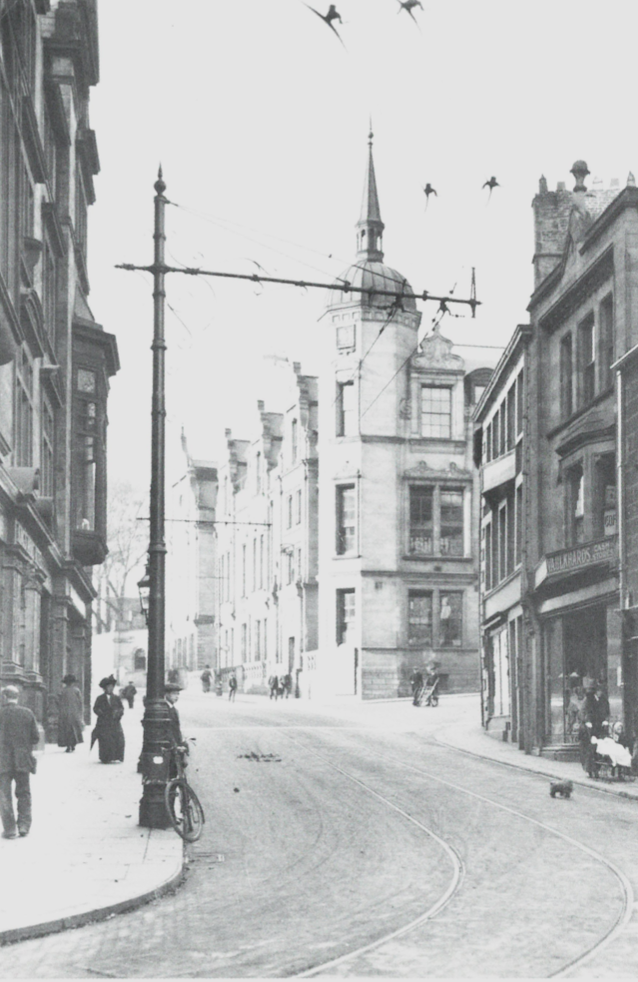
(The Storey Institute, 1908)
The period spanning 1914 to 1930 marked a significant chapter in LGGS's history as it moved to a new building on Regent Street. Designed by County Architect Mr Henry Littler, the school's then modern facilities were opened in September 1914.

(Opening Ceremony, 1st October 1914)
“Follow the light, uphold the right”
Despite the challenges presented by World War I, this era witnessed the establishment of key elements such as the House system in 1925 and the initiation of the Debating Society in 1923. Miss Phillimore's steadfast leadership guided the school through these transformative years, fostering a commitment to education and progress and accommodating increasing pupil numbers and additional facilities. The school navigated through triumphs and challenges, setting the groundwork for a rich and diverse academic environment.

(Laying the Foundation Stone, 27th June 1912)
From 1948 to 1972, LGGS entered a transformative period under the leadership of Miss Moyra Gordon. Building closer ties with Lancaster Royal Grammar School, the school's population grew significantly, and Miss Gordon implemented initiatives such as the Dudley Handwriting System and the establishment of a School Fund. Challenges in accommodation led to the construction of an annexe and additional facilities.
The school celebrated its Golden Jubilee in 1957, marked by various events, including a concert and a commemoration dinner. Miss Gordon's era witnessed the introduction of extracurricular activities, foreign trips, and charitable initiatives, contributing to LGGS's sense of community engagement.
This influential leadership spanning twenty-three years left a lasting impact on the school's traditions and ethos, shaping its identity as it continued to evolve and thrive.
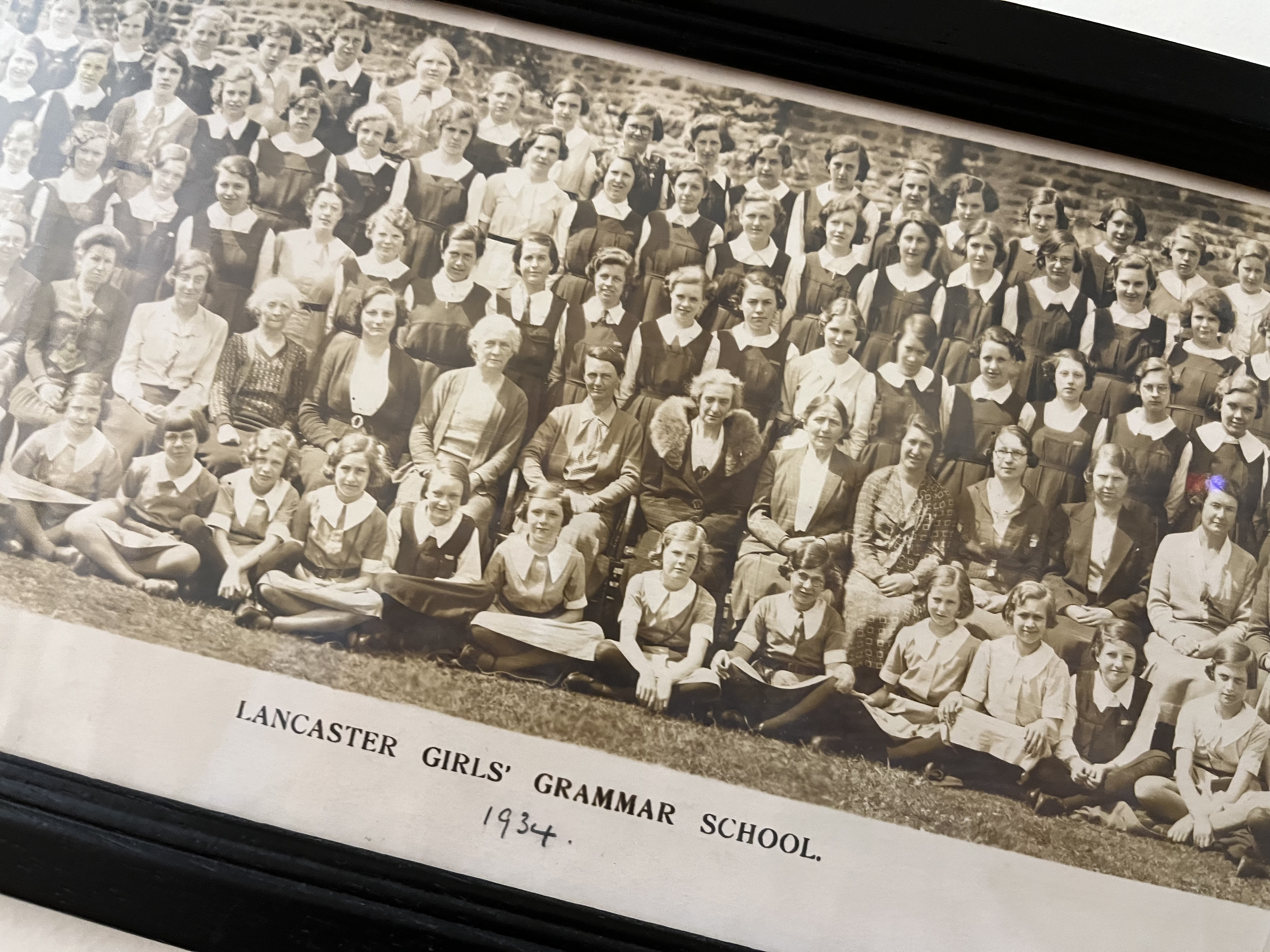
(1934)
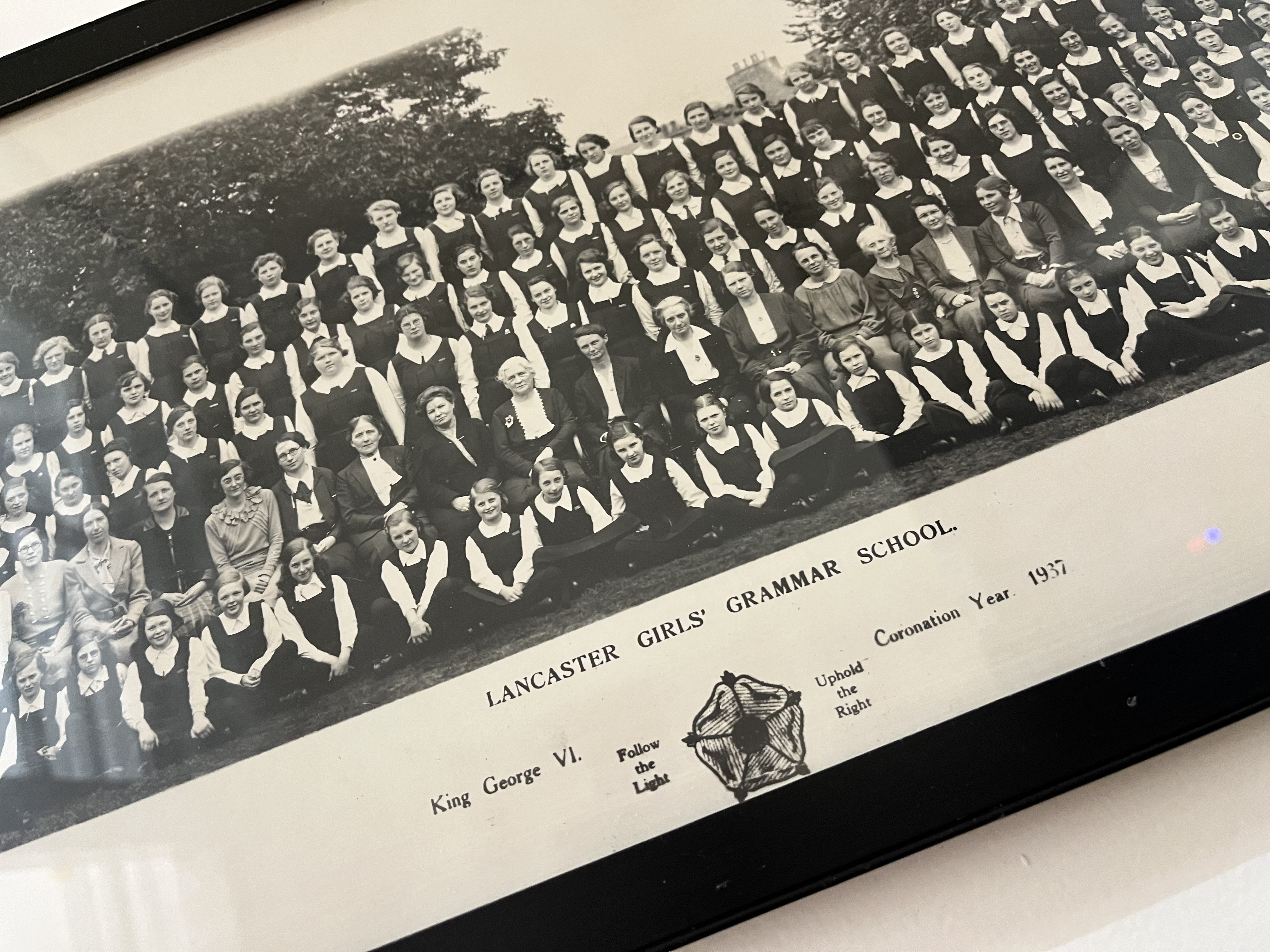
(1937)
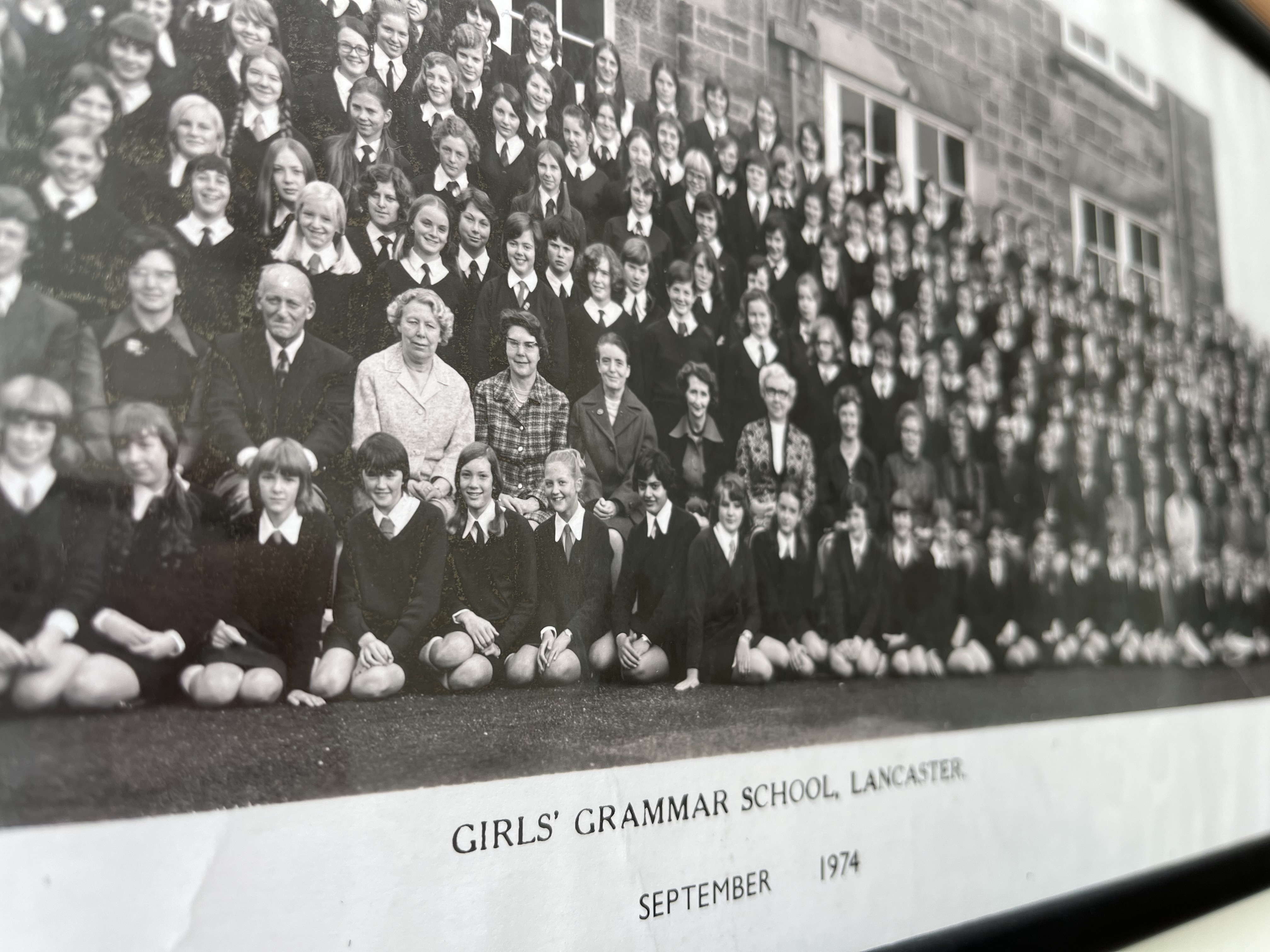
(1974)
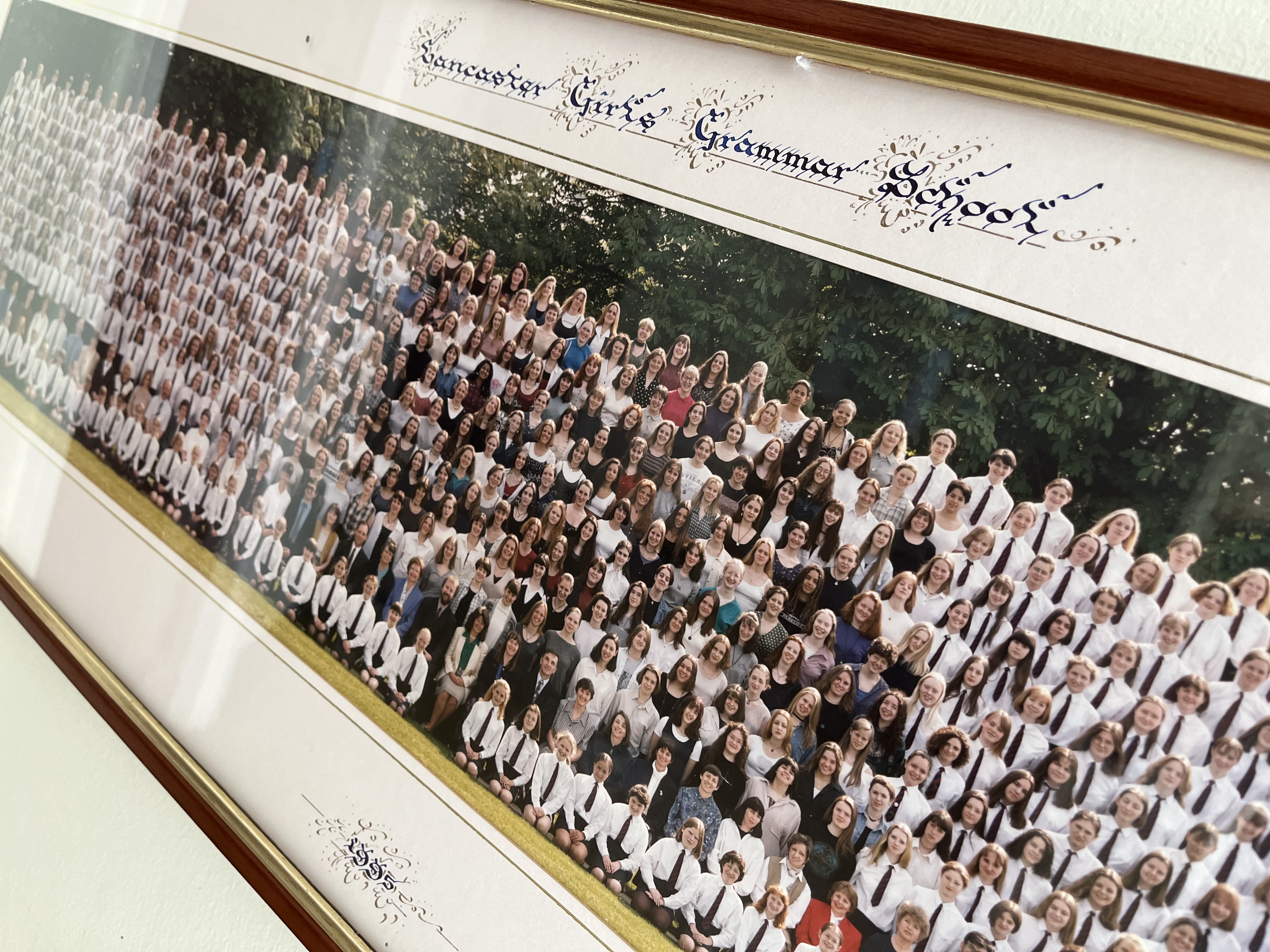
(1995)
Continuing from 1972 to the late 1980s, Lancaster Girls' Grammar School (LGGS) experienced further developments under Head Mistress Miss Margaret Owen and her successor, Mrs. Gillian M Lea. This era saw the expansion of the curriculum and the introduction of initiatives like the Careers Room and Community Service. However, the school faced challenges, including proposals for comprehensive education in Lancaster and potential relocation threats. Mrs. Lea took the helm in 1981, steering the school through opposition and securing its place within the community. Despite administrative changes and discussions surrounding the school's status and location, LGGS persisted in offering a robust education. The period showcased the school's resilience, community support, and commitment to maintaining a central role in the region.
The subsequent period from 1987 to 2006 again brought about significant transformation under Headteacher Mrs Pam Barber. The school's status and support flourished.
Opting for Grant Maintained Status in 1991 gave the school financial autonomy, leading to various development projects. A Technology Block, renovated PE changing rooms, a new pavilion, and the discovery of school-owned land were notable additions. LGGS received prestigious awards, including Technology College and International School status. Building projects brought gains and losses, reflecting the evolving educational landscape. Throughout, the school excelled academically, embraced technology, and garnered accolades for its commitment to the arts, sports, and community service. LGGS maintained a focus on charitable activities and international engagement, marking its enduring legacy in the broader educational landscape.
Between 2007 and 2023 the school made further significant developments under the leadership of Headteacher Mrs Jackie Cahalin. This included converting to Academy status in 2011.
2011 to 2012 saw some significant changes to the school buildings. This included a new Dance and Fitness studio, a total refurbishment of the library and the opening of a new purpose-built Sixth Form Building.
In 2016, five form entry was introduced to allow even more local students to benefit from an LGGS education.
You can read more about our school's history in Lancaster Girls’ Grammar School, The First Century... Continuity and Change written by Pat Harrison. Copies available from School.
We also have an on-site school archive. We are always interested to learn and hear about the history of our school. Please get in touch if you feel you can share your memories of LGGS.